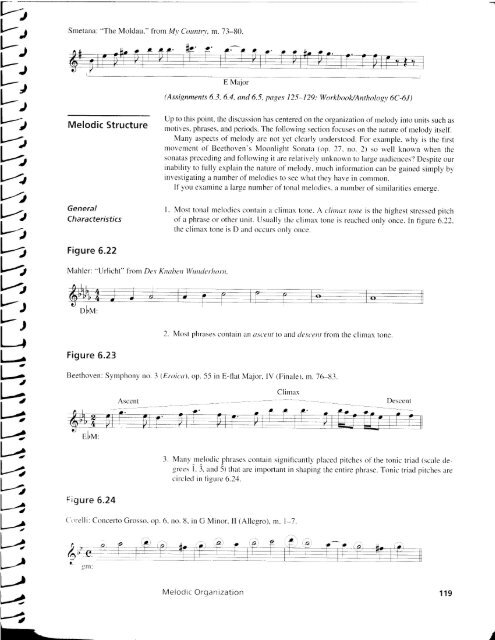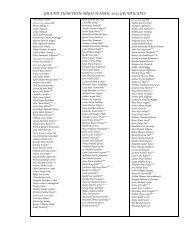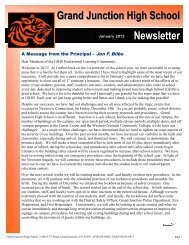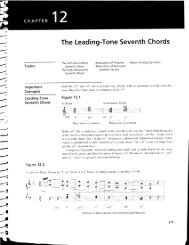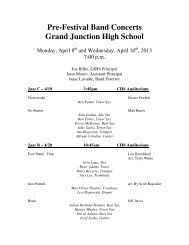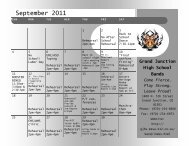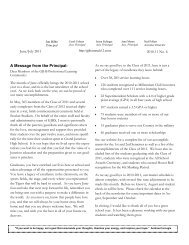Create successful ePaper yourself
Turn your PDF publications into a flip-book with our unique Google optimized e-Paper software.
Smetana: "The Moldau," fiom Ml' Country, m. 73-80.<br />
Melodic Structure<br />
Generaf<br />
Characteristics<br />
Figu re 6.22<br />
Mahler: "Urlicht" from Das Knnben Wunderhrtrn.<br />
Figure 6"23<br />
Beethoven:<br />
Symphony<br />
Figure<br />
6"24<br />
no.<br />
E Major<br />
( Assignments 6. 3, 6.4, and 6. 5, poge s I 2 5- I 29 ; WorkbooUAnthologt, 6C-6J )<br />
Up to this point, the discussion has centered on the organization of melody into units such as<br />
motives. phrases. and periods. The following section focuses on the nature of melody itself.<br />
Many aspects of melody are not yet clearly understood. For example. why is the first<br />
r-novement of Beethoven's Moonlight Sonata (op. 27. no. 2) so well known when the<br />
sonatas preceding and following it are reliitively r-rnknown to large audiences'l Despite our<br />
inability to fully explain the nature of melody. rnuch infbrmation can be _sained simply by<br />
investi-qatin-q a number of melodies to see what they have in comrnon.<br />
If you examine a large number of tonal melodies. a number of similarities emerge.<br />
l. Most tonal melodies contain a climax tone. A clinru.r tone is the hi-ehest stressed pitch<br />
of a phrase or other unit. Usually the climax tone is reached only once. In fi-uure 6.22.<br />
the clirnax tone is D and occurs only once.<br />
2. Most phrases contain an uscent to and cle.scent ficlm the climax tone.<br />
3 (Eroicu).<br />
op. 55 in E-flat Maior. IV (Finale).<br />
m. 76-83.<br />
Climax<br />
Ascent Descent<br />
3. Many melodic phrases contain significantly placed pitches of the tonic triad (scale iiegrees<br />
1. 3. and 5) that are important in shaping the entire phrase. Tonic tnad pitches are<br />
circled in fisure 6.24.<br />
C'orelli: Concerto Grosso. op. 6. no. 8. in G Minor. II (Allegro). m. l-7.<br />
e<br />
Meiodic Organ!zation 119


